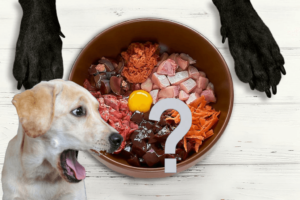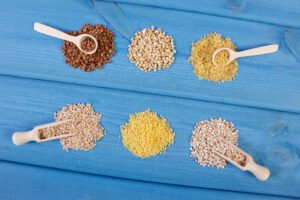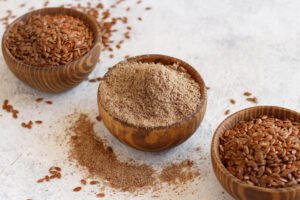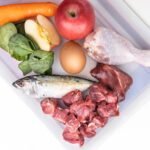The transition to a raw diet is a significant shift in your dog’s eating habits, promising numerous benefits such as improved digestion, healthier skin and coat, and more energy. However, introducing your furry friend to a raw diet requires careful planning and a gradual approach to ensure the switch is both safe and effective. Here’s a comprehensive step-by-step guide to help you navigate this transition, ensuring a smooth adjustment for your dog.
Understanding the Raw Diet
A raw diet for dogs typically consists of raw meat, bones, fruits, and vegetables, mimicking the natural diet of wild canines. Proponents argue that this diet provides a more biologically appropriate meal for dogs, potentially leading to a healthier lifestyle. However, it’s essential to approach this diet with caution, understanding the need for balance and the risks involved.
Step 1: Consultation with Your Vet
- Initial Check-up: Ensure your dog is healthy enough to transition to a raw diet. Discuss any underlying health issues that might influence diet choices.
- Nutritional Needs: Talk about your dog’s specific nutritional requirements based on age, weight, activity level, and any health concerns.
Step 2: Research and Planning
- Educate Yourself: Understand the basics of canine nutrition and the components of a balanced raw diet.
- Meal Planning: Plan your dog’s meals, ensuring a proper balance of protein, fat, and carbohydrates, along with essential vitamins and minerals.
- Sourcing Ingredients: Find reliable sources for high-quality, human-grade raw meat and organic fruits and vegetables.
Step 3: Gradual Introduction
Week 1-2: Mixing with Current Food
- Begin by introducing small amounts of raw food mixed with their current diet. Start with about 10% raw and 90% their regular food, gradually increasing the raw component each day.
Week 3-4: Increasing Raw Proportions
- Slowly decrease the amount of their current food while increasing the raw portion. Aim for a 50/50 split by the end of week 4, closely monitoring your dog’s reaction to the diet change.
Week 5-6: Transition to Full Raw Diet
- Continue to increase the raw portion until you completely phase out the old diet. By the end of week 6, your dog should be fully transitioned to a raw diet.
Step 4: Monitoring and Adjustment
- Observe Your Dog: Watch for any signs of digestive distress, such as vomiting, diarrhea, or constipation. Also, note any changes in energy levels, coat quality, and overall health.
- Adjustments: Based on your observations, you may need to adjust the proportions of certain foods to better suit your dog’s needs.
Step 5: Ongoing Maintenance
- Regular Vet Check-ups: Continue to have regular vet visits to monitor your dog’s health and nutritional status.
- Variety: Rotate the types of meats and vegetables to provide a broad spectrum of nutrients and keep meals interesting for your dog.
- Supplements: Depending on your dog’s specific needs, you might need to include supplements to ensure a balanced diet.
Conclusion
Transitioning to a raw diet is a journey that requires patience, observation, and a willingness to adjust as needed. By following these steps and maintaining open communication with your vet, you can provide your dog with a diet that supports their health and vitality. Remember, every dog is unique, and what works for one may not work for another. Stay attentive to your dog’s needs and responses to their new diet to ensure they thrive on this natural, wholesome path.

























